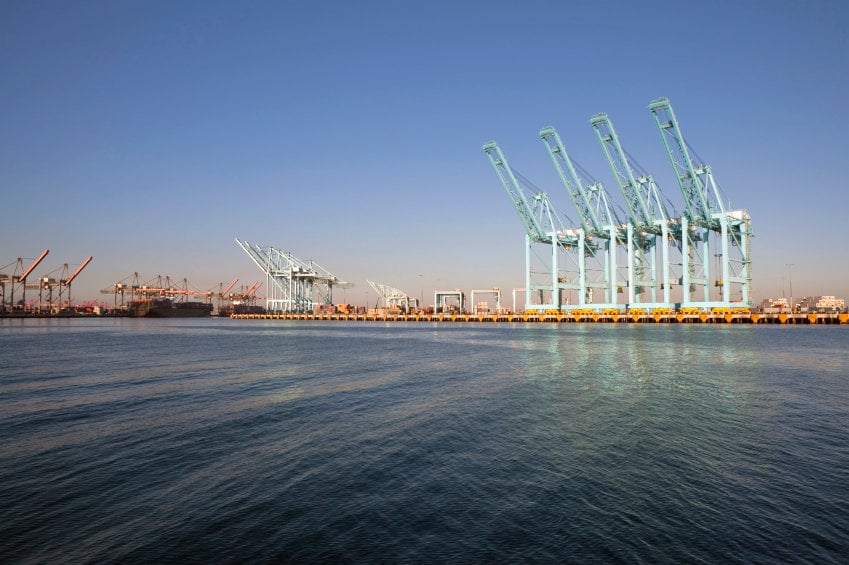Landed cost is the total cost of getting the product to its final destination. All buyers must calculate a landed cost of the product they are purchasing before actually importing it. Study and understand the true cost of the product you are buying or selling. Do not go through the trouble of importing and then finding out you spent more than you can sell it for. Make a landed cost work sheet and clearly itemize all the costs involved on top of your buying invoice price.
When you are calculating the landed cost it is very important to know the terms of sale. Based on your terms of sale, figure out what cost will be added on top on your purchasing price. Negotiate your terms with the seller clearly before placing a purchase order. Ask the shipper to give you a complete breakdown of the packing specifications, including weight and measurements so you can calculate the actual cost of the freight.
Term of Sale provide exact information where the seller and importer responsibility starts. For example if the terms is ex work as a buyer you are responsible of picking up the cargo at the seller premises.
The following list details all possible costs;
OVERSEAS COST
You should only be concerned with overseas costs when buying under term of sale ex work. The overseas charges are the cost of getting the cargo from shipper warehouse to the vessel such as trucking, terminal charges, export duty, customs fees, handling etc. Ask your seller to breakdown all those charges and understand what charges will be under your cost. This will help you to calculate your cost carefully.
INTERATIONAL FREIGHT COST
If you are buying CIF shipper pays those costs. If you are buying FOB or Ex-works, the importer pays the cost of freight. Check with your forwarder the actual freight cost. In order to get accurate cost ask your shipper to provide you the packaging details as weight, size, pallets, container type etc.
DESTINATION (US CHARGES)
Those are the charges after shipments arrives to US soil such as duty, brokerage, inland trucking from port to final destination. In order to calculate the correct duty amount make sure prior to shipment you checked with your broker or US customs the correct harmonized Tarif Schedule number of the product you are importing. it is important to know the HTS number to calculate the duty amount.
When you are calculating the actual cost also consider unexpected expenses might occur during the transportation. Such as US customs inspection, detention, demurrage charges, etc. It’s always better to overestimate the landed cost than under.
- 67shares
- 52Facebook





